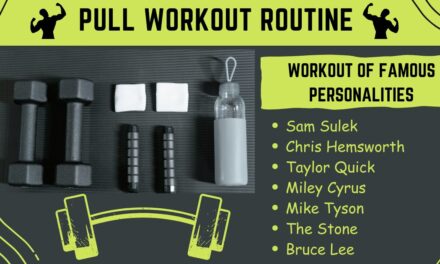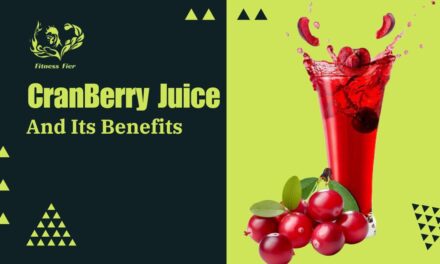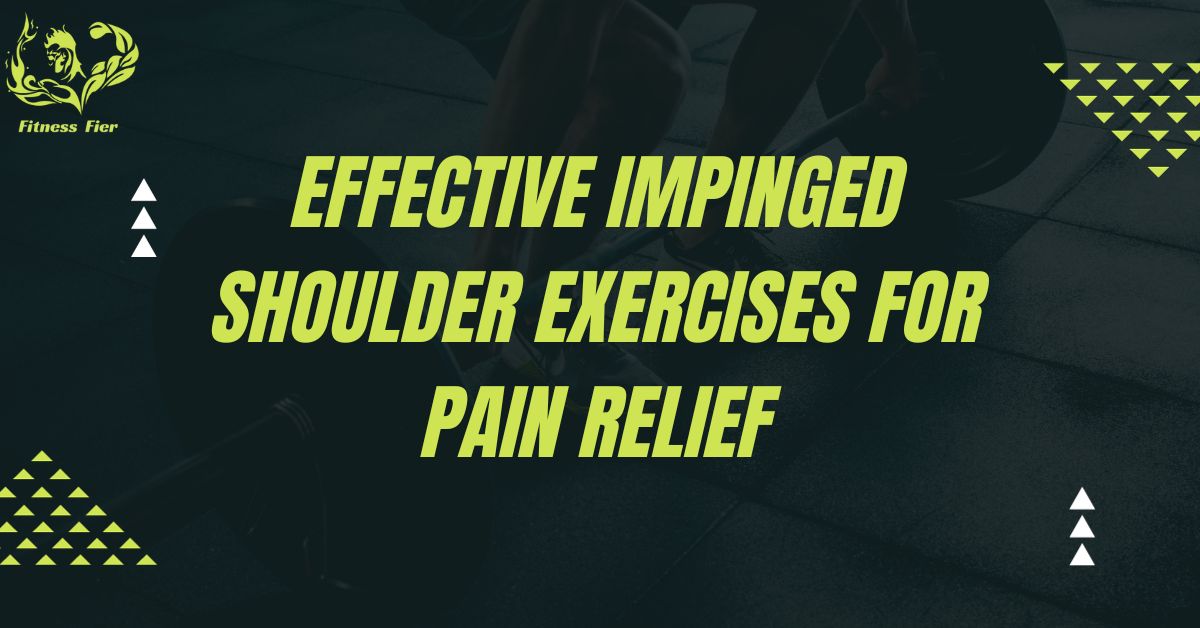Gym Introduction : A Comprehensive Guide
In today’s fast-paced world, maintaining a healthy lifestyle is more important than ever. Fitness isn’t just about physical health; it encompasses mental and emotional well-being too. Whether you’re a beginner looking to take your first steps or an experienced athlete aiming to optimise your performance, understanding the fundamentals of fitness can significantly enhance your quality of life. This article will explore the various components of gym, effective exercises, nutritional tips, and the role of recovery, providing a holistic approach to staying healthy.
Understanding the Five Components of Gym
Fitness is multifaceted, consisting of five primary components: cardiovascular endurance, muscular strength, muscular endurance, flexibility, and body composition. Cardiovascular endurance measures how well your heart and lungs work together to keep you moving during gym. Muscular strength is the amount of force a muscle can produce with a single effort, whereas muscular endurance refers to the ability of a muscle to perform repeated movements without fatigue. Flexibility involves the range of motion available at a joint, and body composition indicates the percentage of fat, bone, water, and muscle in human bodies.
Setting Realistic Gym Goals
Setting goals is crucial in the gym journey. Goals should be Specific, Measurable, Achievable, Relevant, and Time-bound (SMART). Whether it’s running a 5K, losing weight, or increasing muscle mass, clear goals can motivate and guide you. It’s important to start with achievable targets to maintain motivation and progress steadily. Regular assessments can help adjust these goals as you improve.
Effective Exercise Routines
An effective gym routine includes a mix of cardiovascular, strength, flexibility, and endurance training. Here are a few popular exercises for each category
Cardiovascular Running, cycling, swimming, and aerobics are great for improving heart and lung health.
Strength Training Free weights, resistance bands, and body-weight exercises like push-ups and squats help in building muscle strength.
Flexibility Yoga and static stretching aid in improving overall body flexibility.
Endurance Activities like circuit training and boxing can increase your stamina.It’s advisable to incorporate various types of workouts to cover all fitness components, making your routine balanced and comprehensive.
The Importance of Nutrition in Fitness
Nutrition plays a pivotal role in achieving fitness goals. Eating a balanced diet that includes a variety of nutrients is essential for furling the body and aiding recovery. Proteins are crucial for muscle repair, carbohydrates provide energy during workouts, and fats are important for long-term energy, hormone production, and cell structure. Hydration is also critical, as water supports every metabolic function and nutrient transfer in the body and is vital for efficient performance.
Overcoming Common Gym Barriers
Common barriers to maintaining a fitness routine include lack of time, motivation, or resources. Overcoming these requires creative solutions such as scheduling workouts as you would any other important activity, finding a workout partner to increase accountability, or using online resources for home workouts when you can’t go to the gym. Remember, even short bouts of activity can add up to significant health benefits.
The Role of Technology in Modern Fitness
Technology has transformed the way we approach fitness. From fitness trackers and smartwatches that monitor our steps, heart rate, and calories burned, to apps that provide personalised workout and nutrition plans, tech tools make it easier to stay committed and track progress. Virtual reality (VAR) fitness games and online workout classes also add an element of fun and convenience to traditional fitness routines.
Recovery and Rest: Essential Components of Fitness
Recovery is as important as the workouts themselves. Adequate rest, which includes quality sleep and rest days, is essential for muscle repair and growth. Incorporating active recovery days, where you engage in low-intensity exercise like walking or gentle yoga, can also help maintain regular physical activity without over-straining the body.




